Last week Emma Gilbert posted her list of the best movies she’s watched this year while under quarantine. This was not to be confused with a “best-of 2020” list. This was a list of titles Emma had watched this year for the first time and responded to in a favorable way. This week, I continue with Emma’s idea and present my own list of ten movies I watched (and loved) this year. Again, not a “best of the year” list, although it just so happens many titles of 2020 are on here. But I also have movies from the ’80s and ’90s in this list—titles I’d heard of but never been able to watch mainly because all the video stores are shut down and that’s actually where I used to love discovering never-before-seen titles. Now we have several streaming services and if you look, you can always discover an old treasure or two (or ten) on them. And now, in alphabetical order, on to the countdown.
After Dark, My Sweet (1990)
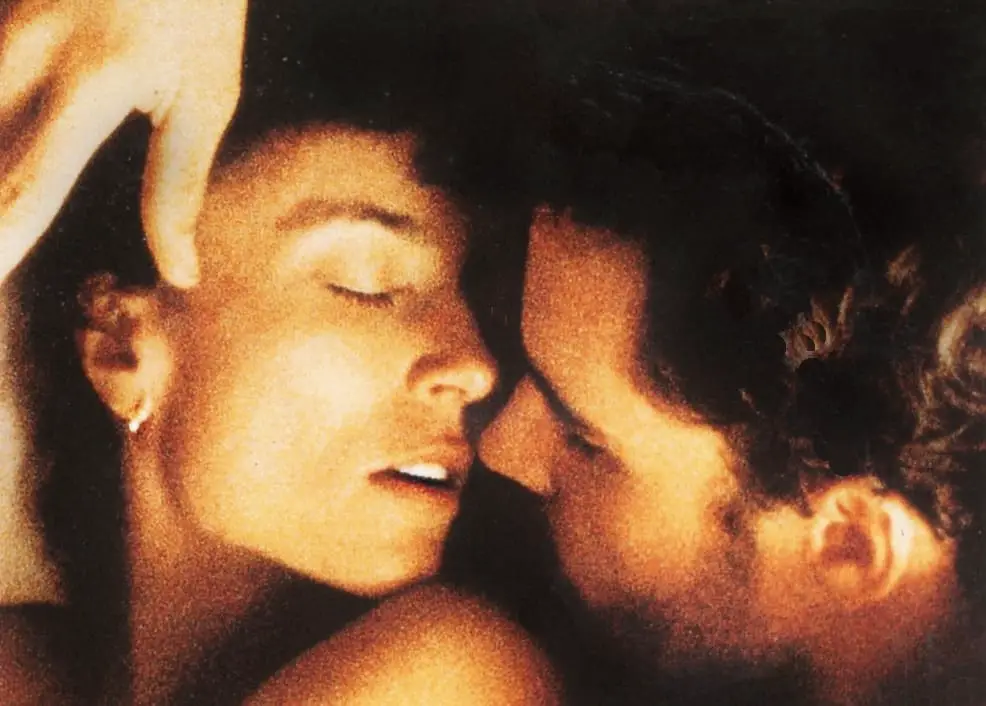
I wrote about this title a few months back in my list of overlooked thrillers and for good reason; It’s been far too long overlooked, and it is a great thriller. The type of thrillers studios small and big believed in during the very early ’90s, even if they made little-to-no money. Some made money (Presumed Innocent) but most barely opened and found a life on VHS. Some, however, weren’t even that lucky and James Foley’s After Dark, My Sweet was one of those.
Released at the end of the summer of 1990 (known as the “summer of violence” because of the releases of Robocop 2, Die Hard 2 and Total Recall) this quiet, twisty, sexy sun-drenched noir is one of those stories which sneak up on you with its interesting characters, dusty sunlit atmosphere, twists and a focus on smart dialogue over blood and guts (again, a rarity during that summer). Despite critics including Roger Ebert lauding this movie, it failed to open or catch on with the ticket-buying public. This year, on precisely its 30th anniversary month, I caught it for the first time on the streaming service Tubi and if you can find it there (or anywhere) don’t pass it up.
Better Off Dead (1985)
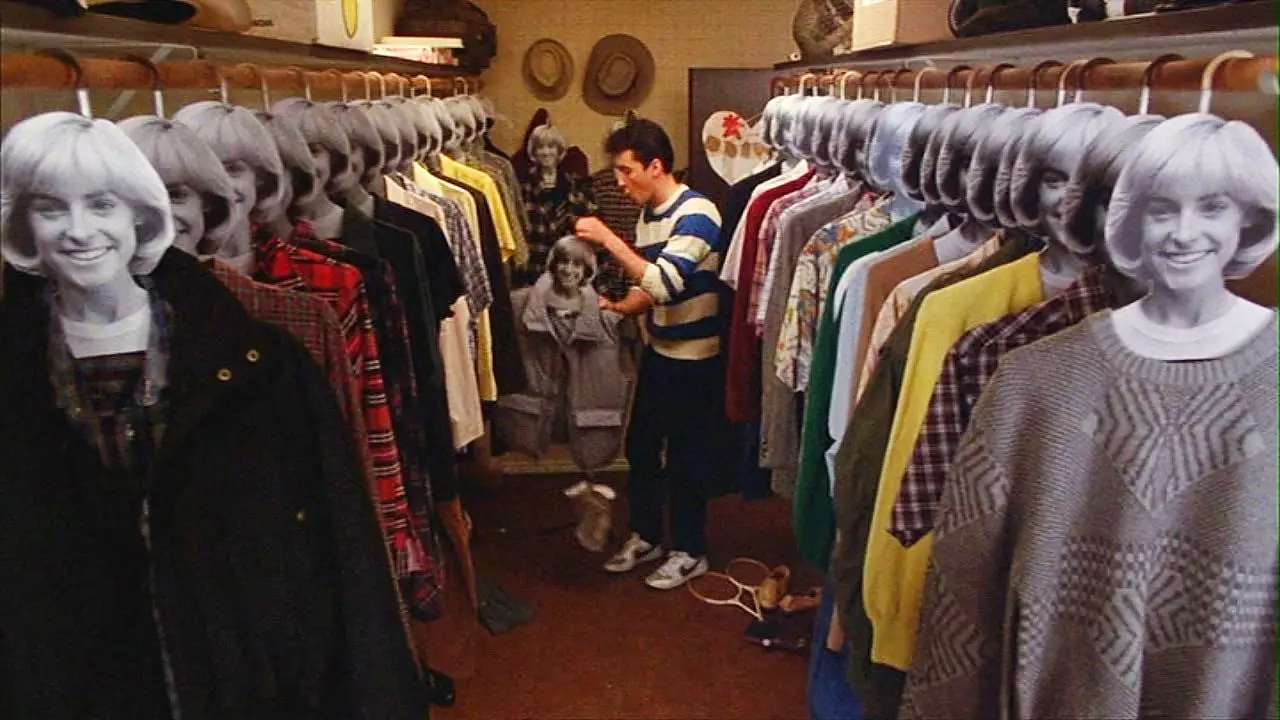
Savage Steve Holland’s Better Off Dead is another one of those titles I’ve been hearing about for decades but haven’t really watched—until this year. Sure, I’ve read the odd article in magazines like Entertainment Weekly about how this movie’s star, John Cusack, has always hated this movie and would never even talk about it. I figured if its own star didn’t like it, well, in the words of Catherine O’Hara in Home Alone, “Then it must be really bad.”
But here’s how I eventually came to it: I am a HUGE fan of legendary poster artist Drew Struzan and looking over his work, I was quite taken with his poster design for Better Off Dead. I thought if Struzan found enough meaning in the movie to create something so beautiful, then the movie must have a redeeming quality or two. Well, not only did it have those qualities, the movie turned out to be a hoot and within minutes its bold mix of lunacy, despair and even romance charmed and entertained me. Listen, in a year where there wasn’t a lot to laugh about, Better Off Dead made me laugh more than anything else.
Da 5 Bloods (2020)

Remember the feeling of suspense you felt in the moments of Do the Right Thing when a certain character met an unexpected fate—the moments before all hell broke loose on screen? Spike Lee’s Da 5 Bloods is an entire movie filled with those suspenseful moments. It’s up there with William Friedkin’s Sorcerer as a movie about a small group of desperate men battling nature, each other, and their own souls before greed ruins them all. Delroy Lindo (in an insanely wild Oscar-worthy performance) leads a group of friends through the terrain of modern-day Vietnam to locate a fallen brother-in-arms and a lot of long ago buried gold.
Director Lee honed his suspense chops in previous films such as Clockers and Inside Man, and Da 5 Bloods is his most suspenseful work yet combined with some of his best outdoors photography since the Mecca scenes in Malcolm X. Lee, a director not particular known for elaborate shoot-out sequences in his movies gets the chance here to unleash his version of Scarface for his big climax. Yes, whether it’s action, photography, editing, pacing or believing in the hearts and motivations of his characters, whether they’re moral, Lee shows us all once again, he’s still one of cinema’s most dynamic movie-makers working today.
David Byrne’s American Utopia (2020)

Here is another Spike Lee title (what a year he’s had!) but this one is as different from Da 5 Bloods as imagined. While Bloods is a movie which takes place nearly entirely outside, American Utopia takes place entirely inside, in one space, during one night right before the COVID-19 pandemic struck worldwide. We are back to Lee’s home turf of New York City for David Byrne’s stage musical American Utopia where the former Talking Heads front-man performs old Heads songs such as “This Must Be The Place (Naïve Melody)”, “Once in a Lifetime”, and the crowd-pleasing “Burning Down the House” with many of his own solo compositions.
What makes this concert doc unique is that he and his performers are unbothered by wires, cables and cords. They carry their instruments across their chest and run and jump all over the stage in only their bare feet. For 90 minutes the performers run and tackle the songs wildly with more glee than an entire season of well, a show like Glee ever exhibited and by the time Byrne and crew burst into a triumphant version of the Talking Heads’ “Road To Nowhere” where they all leave the stage for the first time into the cheering, dancing audience, we see new meaning into the song which seems to be saying that this road we’re all on can be a place we should now look forward to travelling down instead of being afraid of it. Perhaps Byrne and Lee knew something at the time the rest of us didn’t.
Dragged Across Concrete (2018)
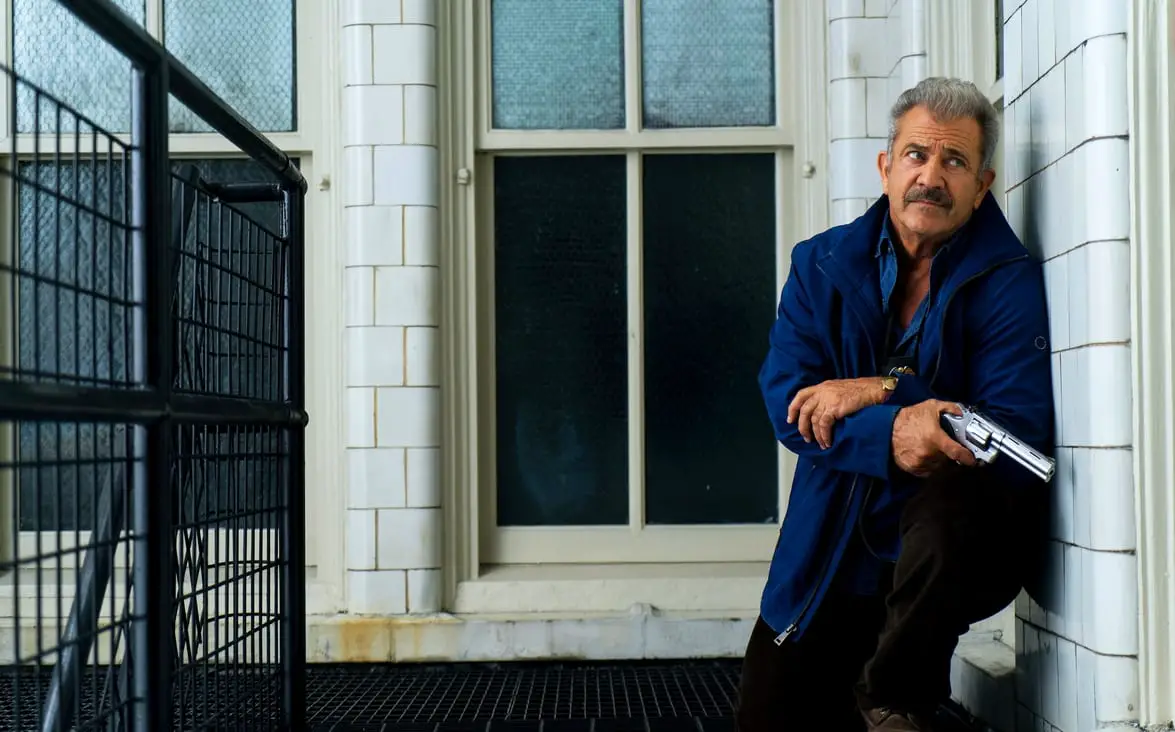
Yes, that’s Mel Gibson in the photo above. Yes, here he is playing a racist jerk-hole police detective, the kind we haven’t seen on screen since the days of NYPD Blue. And yes, the film Gibson is playing this jerk-hole in turned out to be one of the best movies I watched this year. Anybody who knows me personally or has even read my articles can probably surmise my personal politics lean left. It’s safe to surmise Mel Gibson’s doesn’t—and that’s okay. I will not be roommates with the guy. I just need to believe in the character he’s playing on screen and whether that character is interesting, intelligent, conflicted and believable to the service of the story. That’s really all that matters and yes, in Dragged Across Concrete, Gibson is those things. It’s a dominant role for him, and it suits him way better than something like Daddy’s Home 2.
Director/writer S. Craig Zahler must have known this about Gibson as well, and while the actor has a history of playing cops on-screen, he’s never played one like this. Gibson’s voice sounds like that’s been drug across concrete and today’s 4K TV’s display every wrinkle and line across Gibson’s weathered face, but it works here. Concrete is a story of two detectives, an older one (Gibson) and a younger one (Vince Vaughn). Time is a funny thing, as Gibson is now playing the Danny Glover role from his Lethal Weapon series, but there’s nothing altogether likable about this older cop. He’s a moody, pissed-off, beaten down cop who has no problem saying the things we as a society are not supposed to say. Still, he’s too interesting a character to dismiss, and his chemistry with Vaughn (these two spend endless stretches of the movie sitting in cars together) is quite entertaining. And the crime plot is actually fresh, not to mention this film features one of the best bank heist sequences since Michael Mann’s Heat.
Dragged Across Concrete is also nearly as long as Mann’s film (159 minutes) but it’s never boring. If you got 2 1/2 hours to spend during lock-down wanting to see the movies Hollywood used to make during the ‘80s and ‘90s (before the industry found itself comic-book-ified) Dragged Across Concrete will do the job.
I’m Thinking of Ending Things (2020)
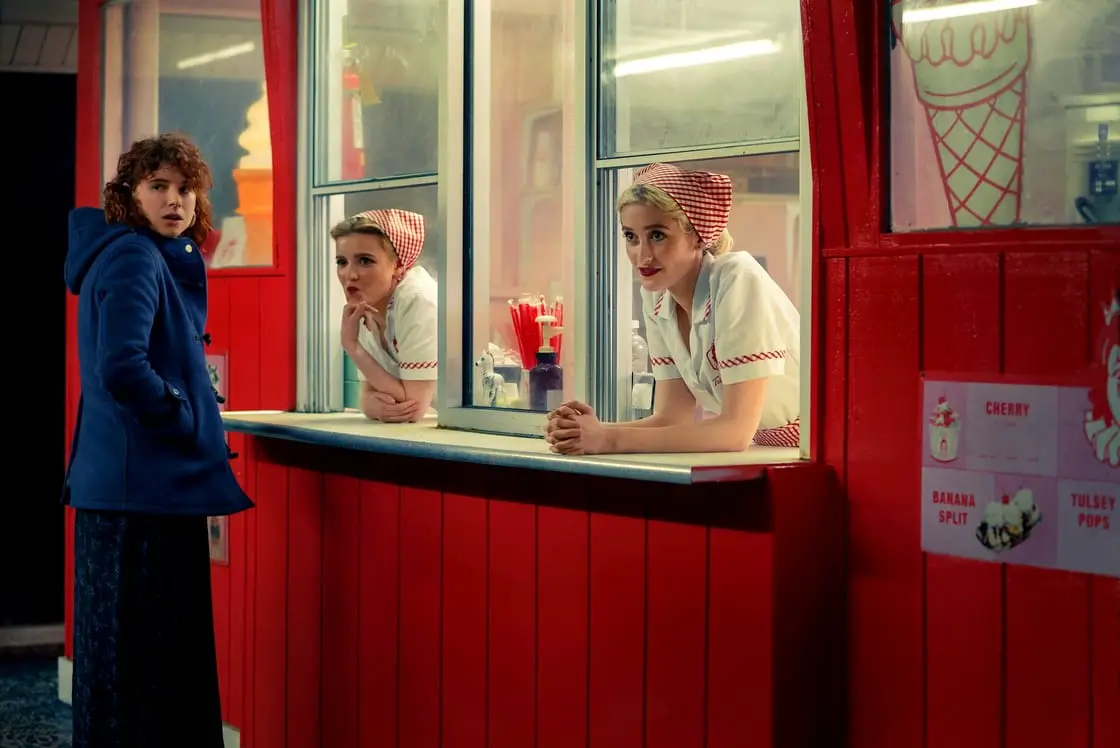
Like just about every other critic whose had to write a summary of Charlie Kaufman’s I’m Thinking of Ending Things after viewing it, I’m stumped. There is little in the way of an actual plot and in fact, much like the previous title on this list, this movie also features two lead characters who spend extended sequences of time talking to each other in a car (by my estimation it’s over an hour of screen-time but I could be wrong) and the movie shifts from light comedy to drama to surrealism often within single scenes.
I don’t need to get too analytical about this movie as this is just a film list and not a full-on review (thank goodness for that) so I’ll just list its wonderful aspects: the snowy wintry single night this story takes place on casts a hypnotic spell over the viewer that most movies don’t, the way this movie plays with time and keeps the viewer engaged even as they have no idea what the hell is going on, and of course the movie’s cast. David Thewlis and Toni Collette shine as the parents of Jake (Jesse Plemons) who mystify (and horrify) his girlfriend, simply named “young woman” (played by Jessie Buckley in the single best performance by anybody in 2020).
When the meeting with the parents is over, we’re back in the car for another long stretch with our two leads and it’s from this point on that Kaufman’s story invokes the same feeling of strange eeriness as certain parts of Twin Peaks and The Shining are both known for. I’m Thinking of Ending Things is no doubt a strange movie which makes it perfect for 2020—a year stranger than perhaps even Charlie Kaufman could have imagined.
Kicking and Screaming (1995)
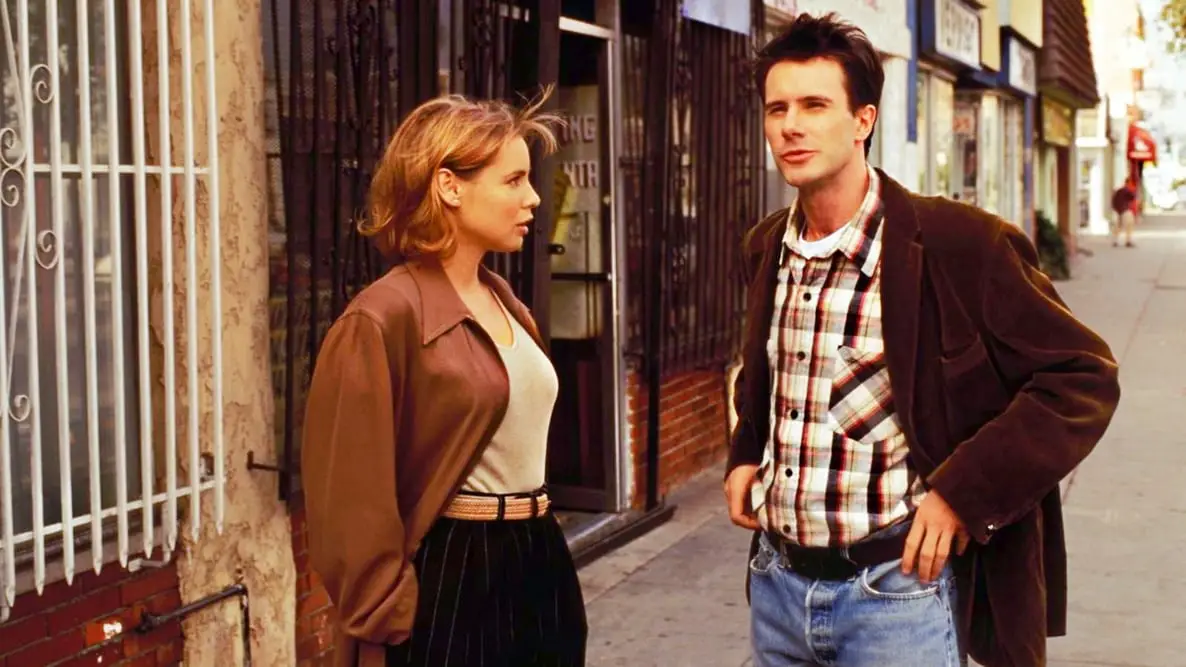
The ’90s are my favourite decade for movies and I especially love the movies that came out during 1994–1995 as the decade settled into itself (as any decade does) and each movie from that period is a snapshot of what that time was like. Movies about 20-somethings were quite popular during this period (the same thing happened a decade before with the Brat Pack series of movies). One of these mid-90s movies was Kicking and Screaming from Noah Baumbach.
I’d seen the VHS sitting on shelves of video stores during the second part of that decade, but I was never interested in renting it. Not even the “Two Thumbs Up” declaration from Siskel and Ebert could entice me to pick it up. I liked Eric Stoltz. I really liked Olivia d’Abo (one of the brightest aspects of Greedy) but between Singles, Reality Bites and Friends on NBC every week, what else could I learn from recent college graduates finding their way in the world of jobs and relationships? I was still in my teens and I was a good decade away from relating to any of these people.
Then I forgot all about this title. Until this year, when it appeared on one of my streaming services. I was feeling very nostalgic about the ’90s and I just wanted to be transported back to the time. And while watching Kicking and Screaming I was. It all came back to me; the fashions (see photo above), the floppy hair, the hanging out in coffeehouses holding mugs as large as cereal bowls all afternoon long but more than that—I remembered how people actually talked to each other. We didn’t text; we didn’t Zoom; we didn’t WhatsApp; we didn’t even tweet; we sat down together and actually talked. Maybe that’s why I responded so much to Kicking and Screaming in 2020. In 1995 we didn’t need the movies to remind us to talk to people. We just did. In 2020, we were forced away from each other and couldn’t talk in person. I’m glad Kicking and Screaming was made when it was. Hopefully, we get back to that way of life soon.
On the Record (2020)
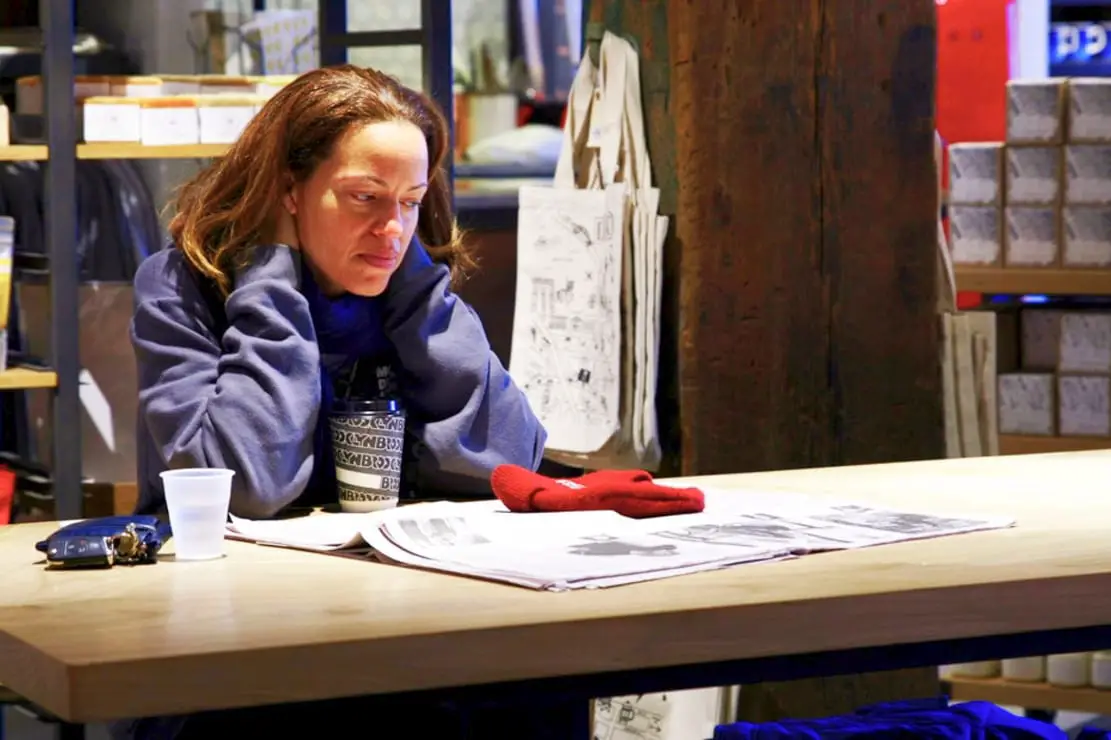
This year has seen some terrific movies about sexual harassment in the workforce starting with last January’s Bombshell and The Assistant. As Bombshell was appearing in theaters across the country, another film about sexual harassment debuted for the first time at last years Sundance Film Festival—Kirby Dick and Amy Ziering’s documentary On the Record. Their film focuses on three women, Drew Dixon, Sil Lai Abrams, and Sheri Sher. Three very different women who lived with a traumatic secret for many years: that hip-hop industry titan Russell Simmons raped them. Simmons has denied all accusations against him.
Dixon was a music fan enamored of the then fast-rising rap scene. After university, she moved to New York and soon worked for Simmons’s very popular and successful label Def Jam. She was extremely competent at her job producing hit albums for Def Jam’s roster of talent, including Method Man and Mary J. Blige. Dixon recounts the night in 1995 when Simmons allegedly raped her in his apartment. She left Def Jam to work for Clive Davis at Arista, that is until L.A. Reid took over and Dixon’s career in music soon ended.
Abrams, a former model and event planning & marketer claims Simmons raped her in 1994 when she was 22-years-old. She first told her story to The Hollywood Reporter in 2018. Sher of the pioneering hip-hop group Mercedes Ladies’ claims Simmons sexually assaulted her in his office back in 1983. They published her story in the Los Angeles Times in 2017. The three women had never met until they do on screen in this documentary. On the Record is a devastating film to watch, but it’s an important one. As each woman describes their attack, you feel yourself sickened by their words and in awe of their courage. It’s a depth of genuine human pain that a movie such as Bombshell could never reach, no matter how noble the effort. It’s not the lightest entertainment to watch in an already dispiriting year, but it’s possible this title will hit you the deepest.
Street Smart (1987)
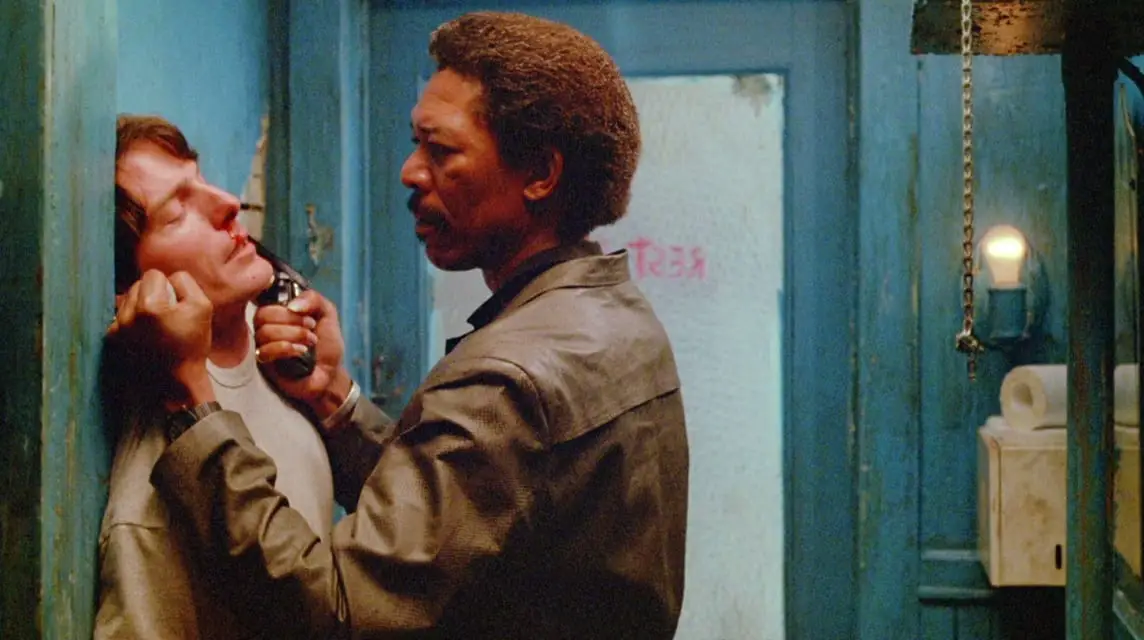
In journalism school, every once in a while, my instructors would show us a movie about the profession. Most of them were titles you’d expect to be shown in J-school such as All the President’s Men, Shattered Glass, and The Insider. They even showed us the 1994 Ron Howard comedy, The Paper. One title that wasn’t shown to us was the 1987 drama/thriller Street Smart produced by the nefarious ‘80s schlock studio The Cannon Group, run by producers Menahem Golan and Yoram Globus. I knew Cannon at the time for producing mostly break-dancing, ninja, Death Wish and Chuck Norris movies on very shoestring budgets and their FX were laughingly bad. Still, despite the ham and cheese, the studio produced a few serious-minded adult dramas such as Barfly and Powaqqatsi.
Another one of those serious movies was Street Smart, which starred Christopher Reeve and in his first major film role, Morgan Freeman. I have to tell you right off, this is a much better movie than you might figure it would be. Reeve is quite good (he was actually always an accomplished actor despite what one might remember from watching him in Superman IV: The Quest For Peace) as a magazine reporter who fabricates a story to his editor about 24 hours in the life of a Times Square pimp. When the story becomes a hit, the editor wants to meet the subject of the piece. Enter Freeman as a ruthless pimp on trial for murdering one of his worker’s johns. The two meet and agree to help each other. Reeve will introduce him to the city’s power players to establish legitimacy while Freeman will act as the article’s subject. Freeman’s character has a very short fuse though, and it isn’t long before things get very messy.
Street Smart was a pet project of Reeve’s and reportedly he only agreed to Superman IV if the studio would make this film. Both these movies (along with Masters of the Universe) spelled the end of Cannon Films but something remarkable came from it: legendary film critic Pauline Kael was so impressed by Morgan’s performance she began her review with one question, “Is Morgan Freeman America’s greatest living actor?” His career has not stopped since.
The Go-Go’s (2020)
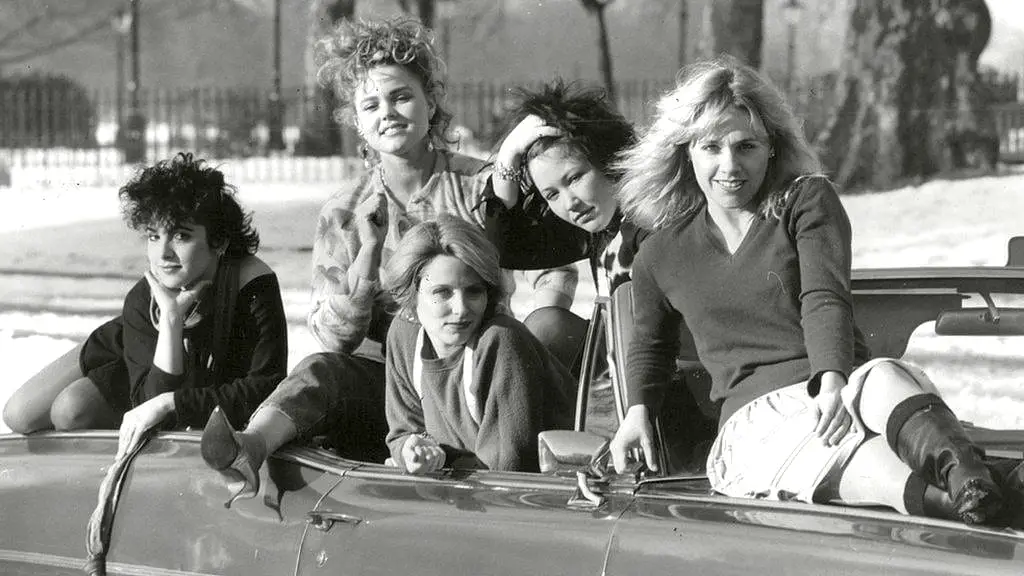
Earlier this year I wrote a very in-depth rave of Alison Eastwood’s documentary about the rise and fall (and reunion) of The Go-Go’s, the blazing hot all-female pop group who emerged from the punk world to become a worldwide success. Their bubblegum hits from the early ’80s are still used in movies and TV hits. I watched Eastwood’s documentary three times in 2020, and with each viewing I learned unknown facts and details.
There are two documentaries on this list about females working in the music industry. Both are about women navigating their way through a very male dominated world. The women featured in On the Record come from different worlds than The Go-Go’s—theirs is the world of rap during the ’90s and the Go-Go’s hail from the punk scene of the late ’70s all the way to mid-80s pop. Still, the two groups of women experienced similar obstacles. They were working in an industry that expected them to behave as sex objects (an infamous Rolling Stone cover from 1982 portrayed them as so) and to do as they were told or their music wouldn’t receive airplay. Both documentaries excel at depicting what being a female in the music industry was really like during both decades.
The Go-Go’s is a candid, revealing doc that might not shatter the heart the way On the Record does but its subjects are fascinating storytellers and nothing is off limits (their drug use, their fights among each other to the jealousies which ultimately broke them up) and for my money, the best music docs are also ones about a time as much as they are about the people in them. The Go-Go’s didn’t sing about social issues, they weren’t political; they were just out to have fun and if ever a year needed more fun; it was this one and wow, I’m glad the Go-Go’s reunited to provide us with some.



